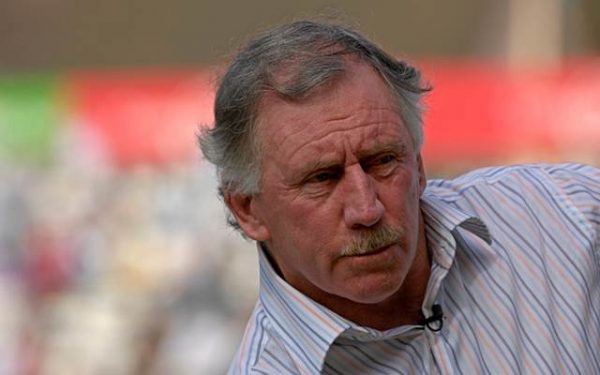Ian Chappell compares Kohli's poor run in England with Warner's weaknesses in India
Chappell feels Warner deserves to be in the same league with Root, Kohli, Smith, and Williamson.
2 Min Read


Former Australian cricketer Ian Chappell looked very skeptical in his recent column for ESPNcricinfo. In his post, he focused primarily on the topic of the top batsmen in the world cricket at the moment. It is very well known fact that the current cricket world is dominated by the so called fab four – Steve Smith, Joe Root, Virat Kohli, and Kane Williamson.
These four young cricketers have been piling runs at will across the three formats of the game. However, if the words and ideology of Ian Chappell is to be believed, then the name of David Warner must also be included in this list. He feels that the quartet must be changed to quintet when the top batsmen are in the fray of any discussion.
“Any conversation about which batsmen are currently top-rated in Test cricket begins with the Big Three; in order of batting average that’s Steve Smith, Joe Root and Virat Kohli. It’s often noted that New Zealand captain Kane Williamson could easily make it a quartet. Indeed, Williamson should be included as his average is second only to Smith, but David Warner ought to also be there, to extend it to a quintet,” wrote Ian Chappell.
Justifying his claims
Justifying his claims a little more, the cricket analyst mentioned that the only reason why Warner never gets a mention in this list is because of his poor record in India in the two Test series that he has played on the Indian soil. However, in that case, Chappell feels that the record of Kohli in England is no better either.
For the number, Warner averages less than 25 in Test cricket in India. And, on the other hand, Virat Kohli averages close to only 15 in the 5 Test matches that he has played in England thus far.
“The main reason for Warner’s exclusion is his record in India. It’s not great, but then Kohli’s record in the UK is far worse, and the two players’ overall average is only about five percentage points apart,” he added further.
Download Our App